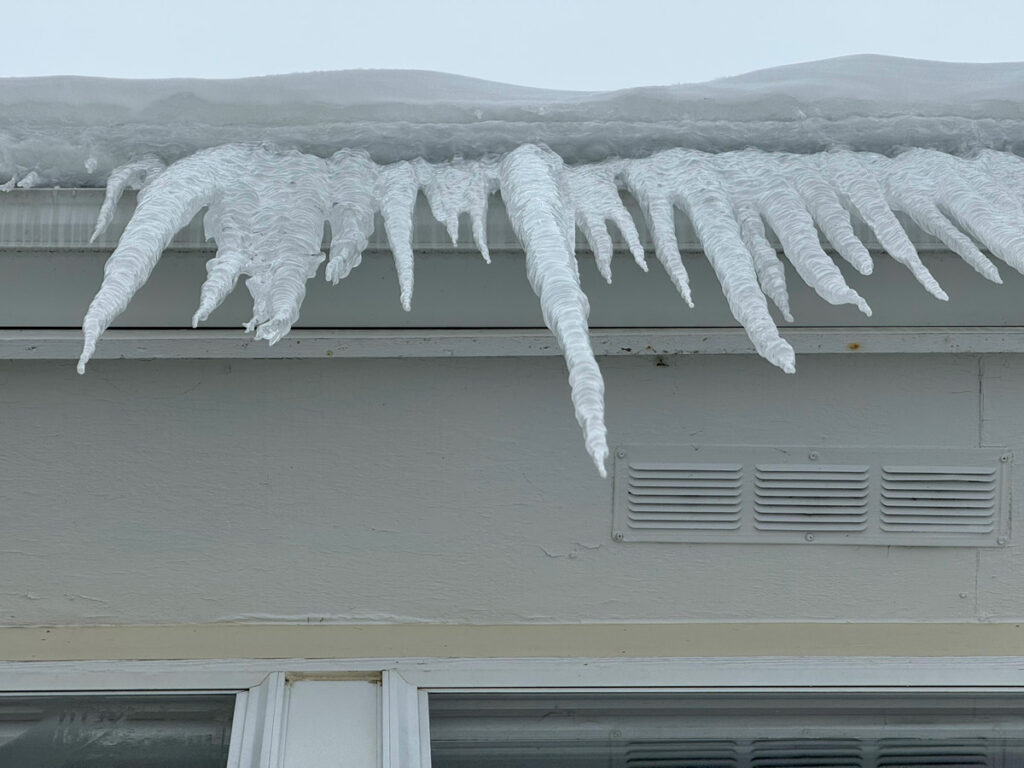IL License Number: 104.017181
IL License Number: 104.017181

Hello, and welcome to the Holda Roofing & Siding blog! This week, we’re diving a bit deeper into a topic that’s become increasingly common in our line of work, especially in the currently buried-in-winter neighborhoods of Chicago’s Northwest Suburbs. It’s about how a seemingly minor issue like poor attic ventilation can lead to significant problems like ice dams, and what we can do to fix it. While we touched on the topic of ice dams last week, this week we have a wonderful case example of ice dam and attic ventilation issues currently in progress.
Picture this: it’s a crisp, snow day in Inverness, IL. As we pull up to a charming home, the first thing that catches our eye is the picturesque icicles hanging from the eaves. Beautiful, yes, but they’re often a telltale sign of a hidden problem – ice dams. This was not only the case in the home we visited this week, but we’re seeing it regularly as the snow and ice continue across our area.
Located in Chicago’s Northwest Suburbs, at Holda Roofing & Siding we see cases like this quite often and, each time, we’re reminded of the importance of proper home maintenance. It’s not just about fixing what’s broken; it’s about preventing issues before they escalate. So, if you’re noticing strange icicles or water marks in your home, it might be time to give your attic ventilation a second look. Stay warm and safe, and remember, we’re just a call (847-847-2883) away for all your home repair needs!
With over twenty years in business and hundreds of satisfied customers, we know what it takes to properly maintain a home. Join the family of satisfied homeowners who trust Holda Construction Roofing and Siding for all their roofing and siding needs.
We look forward to working with you!
Address
317 W Colfax St. Suite 102
Palatine, IL 60067